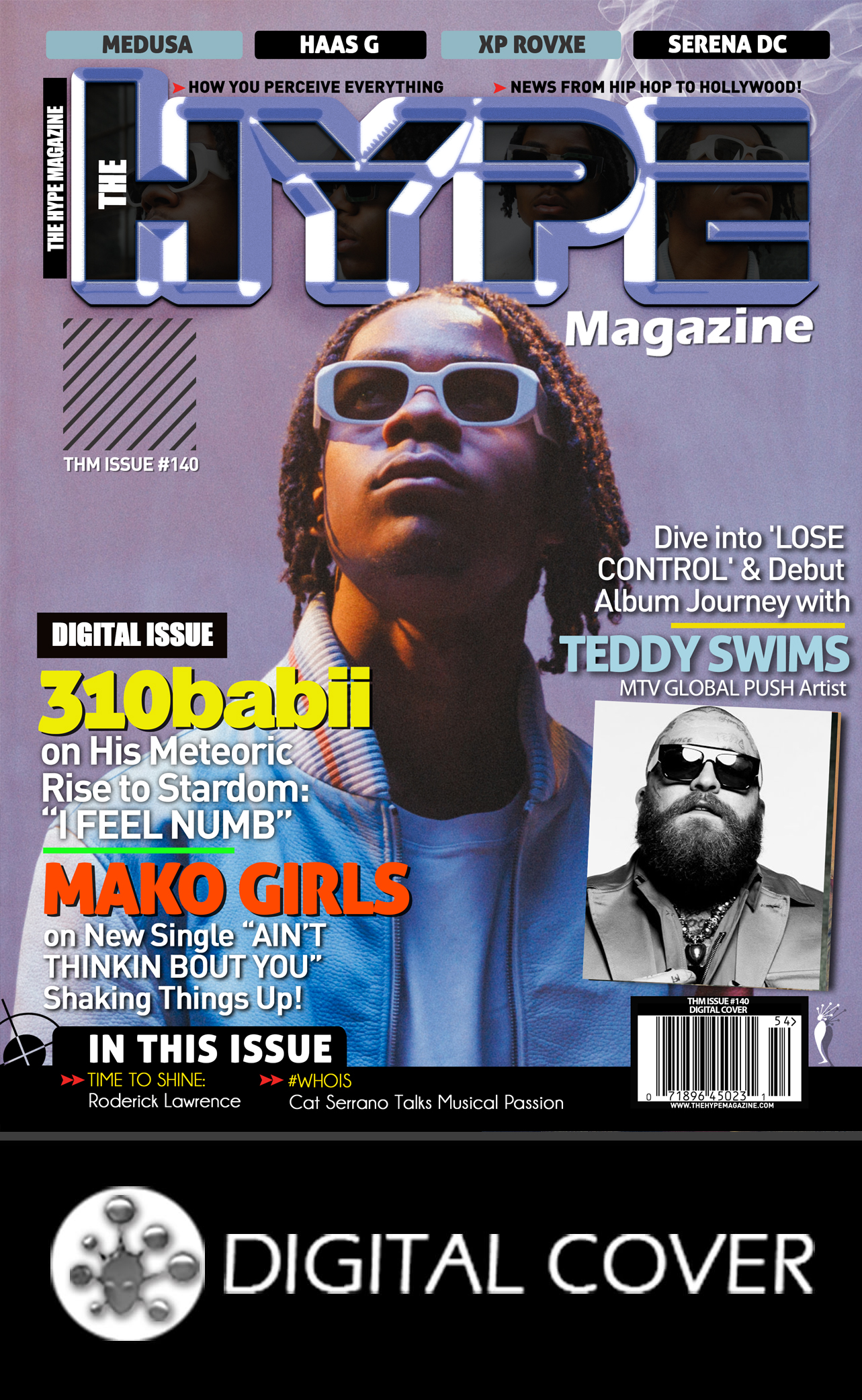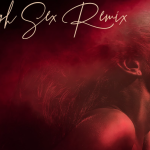Holly Foster Wells On Managing The Estate Of Peggy Lee, Future Peggy Lee Releases & More
One of the most important musical influences of the 20th century, Peggy Lee wrote over 200 songs, recorded over 1,100 masters and had over 100 chart hits throughout her seven-decade career. As one of the world’s first female contemporary singer-songwriters, she co-wrote and sang many of her own hits, most notably “He’s A Tramp” for Disney’s Lady & The Tramp, as well as “It’s A Good Day” and “Mañana.” She’s probably best known for hits “Fever,” “I’m A Woman,” “Why Don’t You Do Right?” and “Is That All There Is?”; “Is That All There Is?” won her a GRAMMY for Best Contemporary Female Vocal Performance. A 13-time GRAMMY nominee, Peggy Lee received Lifetime Achievement awards from NARAS, ASCAP and The Society of Singers, was inducted into the Songwriters Hall Of Fame and — as an actress — earned an Academy Award nomination for Best Supporting Actress in Pete Kelly’s Blues.
The Ultimate Peggy Lee is a new digital collection in celebration of Peggy Lee 100, a centennial celebration honoring one of the 20th century’s most important musical influences in the world of jazz and popular music. The 22-track career retrospective set features her hits, five songs she co-wrote, as well as the previously-unreleased “Try A Little Tenderness,” which makes its world debut 57 years after it was recorded. The CD and LP release of The Ultimate Peggy Lee will follow this summer, and will include a track-by-track annotation by Peggy Lee discographer Iván Santiago-Mercado and an introduction by Peggy Lee’s granddaughter (and estate supervisor) Holly Foster Wells.
Also available is Peggy Lee Decca Rarities, a 31-song collection making its digital debut. Though long associated with Capitol Records, Lee had an artistically and commercially-successful recording career with Decca Records. 11 of the featured tracks were co-composed by Lee, among these are seven songs co-written by Lee and Sonny Burke for Disney’s Lady & The Tramp, some of which did not make the final film. All of that is icing on the cake when considering that Lee’s music has been covered by Tony Bennett, Nat King Cole, Bing Crosby, Ella Fitzgerald, Judy Garland, Diana Krall, Queen Latifah, Barry Manilow, Bette Midler, Janelle Monae, Nina Simone, Regina Spektor and Sarah Vaughan alike.
The Peggy Lee Estate also is keeping the legacy of Peggy Lee out there with the return of the 2004 documentary Fever: The Music Of Peggy Lee to PBS stations nationwide in a refreshed version this summer. The musical biography explores Lee’s career from her big band days with Benny Goodman to her breakthrough as a solo performer and pioneering female singer-songwriter. Among those interviewed in the program were daughter Nikki Foster, Quincy Jones, k.d. lang, Nancy Sinatra, Michael Feinstein, Margaret Whiting, arranger Billy May, composer Cy Coleman, bassist Max Bennett , drummer Grady Tate, and the aforementioned Holly Foster-Wells.
I had the pleasure of doing Q&A with Holly Foster-Wells about the past, present and future of Peggy Lee’s music on behalf of the The Hype Magazine. More on Lee can be found at www.peggylee.com.
When did you start managing the estate of Peggy Lee?
Holly Foster Wells: When I was growing up and was on summer and spring breaks from school, I would go on the road with my grandmother. I remember clearly her telling me that I would one day run her company. She felt that the music she created would outlive her, which was interesting, since the business of “estates” wasn’t prevalent back then. Over the years, my grandmother told me what she wanted done — and didn’t want done — with her legacy.
I went to college and forged my own career path, in television production, but my grandmother and I had an understanding that I would handle her business when she passed away. I know that she would have preferred that I work for her right out of college, but I told her that I wanted her to just be my grandmother and not my boss. She understood this — eventually — but would continually check with me to make sure that I would stick to the plan to manage her legacy when she was gone.
As it turned out, she had a stroke in 1998, and when it became clear that she would no longer be able to handle her day-to-day operations, I quit my job in television and started working for her company. She lived over three years after her stroke, so she was able to see that I kept my word to her. I have a checklist of things that she wanted done, and slowly I am checking off those boxes.
Peggy Lee wrote over 200 songs, recorded over 1,100 masters, and had over 100 chart hits throughout her seven-decade career. Do you have a favorite song of hers?
Holly Foster Wells: This is almost impossible to answer! Of course, I love all of her hits, but I am also drawn to some of her more obscure recordings. When I listen to them, I can hear when she is smiling, swinging or gritting her teeth. There are songs that I absolutely loved hearing her sing live, as in I would practically stop breathing when she sang them: “Is That All There Is,” “Everything Must Change,” “Love Me Or Leave Me” and “I’ll Be Seeing You.” And there are studio recordings of hers that I will never tire of hearing: “Amazing,” “A Song For You,” “You Don’t Know,” “Just For A Thrill” — and countless others, really.
There are also songs that she wrote that pull on my heartstrings, because they are like looking into a window to her soul: “Johnny Guitar,” “There’ll Be Another Spring,” “The Nickel Ride,” “The Heart Is A Lonely Hunter,” “It Changes” and an unreleased song called “Mirrors And Marble.”
For someone who only knows a few hits from the Peggy Lee catalog, what do you think is a great starting point to really dig in?
Holly Foster Wells: I often get asked what is the best album to help introduce new listeners to Peggy Lee, and up until this point, I have had to direct people to a couple of different releases. But thankfully we now have Ultimate Peggy Lee, which to me, is the perfect introduction. It’s a 22-track release that includes the hits that one would expect, but it also features some lesser-known tracks that have withstood the test of time and sound as fresh now as when they were recorded.
We also included an amazing, never-before-heard recording of “Try A Little Tenderness,” which is making it world debut 59 years after it was first recorded. With over 1,100 masters to select from, it was no easy task to limit this tracklist to only 22 songs, but my hope is that listeners will hear these timeless songs and will be inspired to dig deeper into the Peggy Lee catalog.
The Peggy Lee Estate appears to be managed very well, with new releases still coming out. Is there still unreleased content out there?
Holly Foster Wells: Thank you! And, yes, there is actually a wealth of unreleased Peggy Lee recordings that exist, and some of them will become available during Peggy Lee’s centennial year. We are working with Omnivore Records on the release of the never-before-released Peggy Lee Radio Show recordings, which will come out later in 2020. And there is more where this came from! My grandmother carried a reel-to-reel tape machine with her to rehearsals, recording sessions and concert performances. There is still a lot of “undiscovered” Peggy Lee tunes to be heard.
Is there anything you wish more people knew about Peggy?
Holly Foster Wells: She was ahead of her time. She was a trailblazer and a pioneer, refusing to conform to the stereotypes that were thrust upon her. She was one of the first contemporary singer-songwriters. She took a life that was filled with reasons to fail and turned it into an amazing body of work that continues to live on and inspire other artists. She was complex, vulnerable, damaged, eccentric, spiritual, strong, courageous, unapologetic and above all, an incredible communicator of emotion.
Estate aside, anything else you’re working on that you’d like to mention?
Holly Foster Wells: We had a fabulous year of Peggy Lee events planned, but with the current crisis, we are taking things virtual for the time being. I hope that the live concerts and events that we planned will take place a later time, but in the meantime, I am thrilled to be celebrating my grandmother’s birthday online with the Grammy Museum. Fans can visit www.grammymuseum.org to watch a panel discussion about Peggy Lee’s enduring legacy, moderated by the Grammy Museum’s Scott Goldman and featuring panelists, k.d. lang, Billie Eilish, Eric Burton of the Black Pumas, Dr. Tish Oney (author of Peggy Lee: A Century Of Song) and myself.
The Grammy Museum will also be debuting a newly curated online exhibit of never-before-seen Peggy Lee artifacts, with a larger live exhibit to follow in March of 2021. Both the panel and virtual exhibit will debut on the Grammy Museum website on Peggy Lee’s 100th birthday, May 26th, and can also be viewed for at least a month after that. Keep a look out for the PBS airing of Fever: The Music Of Peggy Lee later this summer, plus more 2020 Peggy Lee music releases!
Finally, Holly, any last words for the kids?
Holly Foster Wells: Peggy Lee has inspired numerous contemporary artists from Billie Eilish to Adele to Katy Perry and Madonna, to name just a few. Watch some Peggy Lee videos on YouTube to see what was so compelling about her performances that we are celebrating her music 100 years after her birth.
Tweet





























